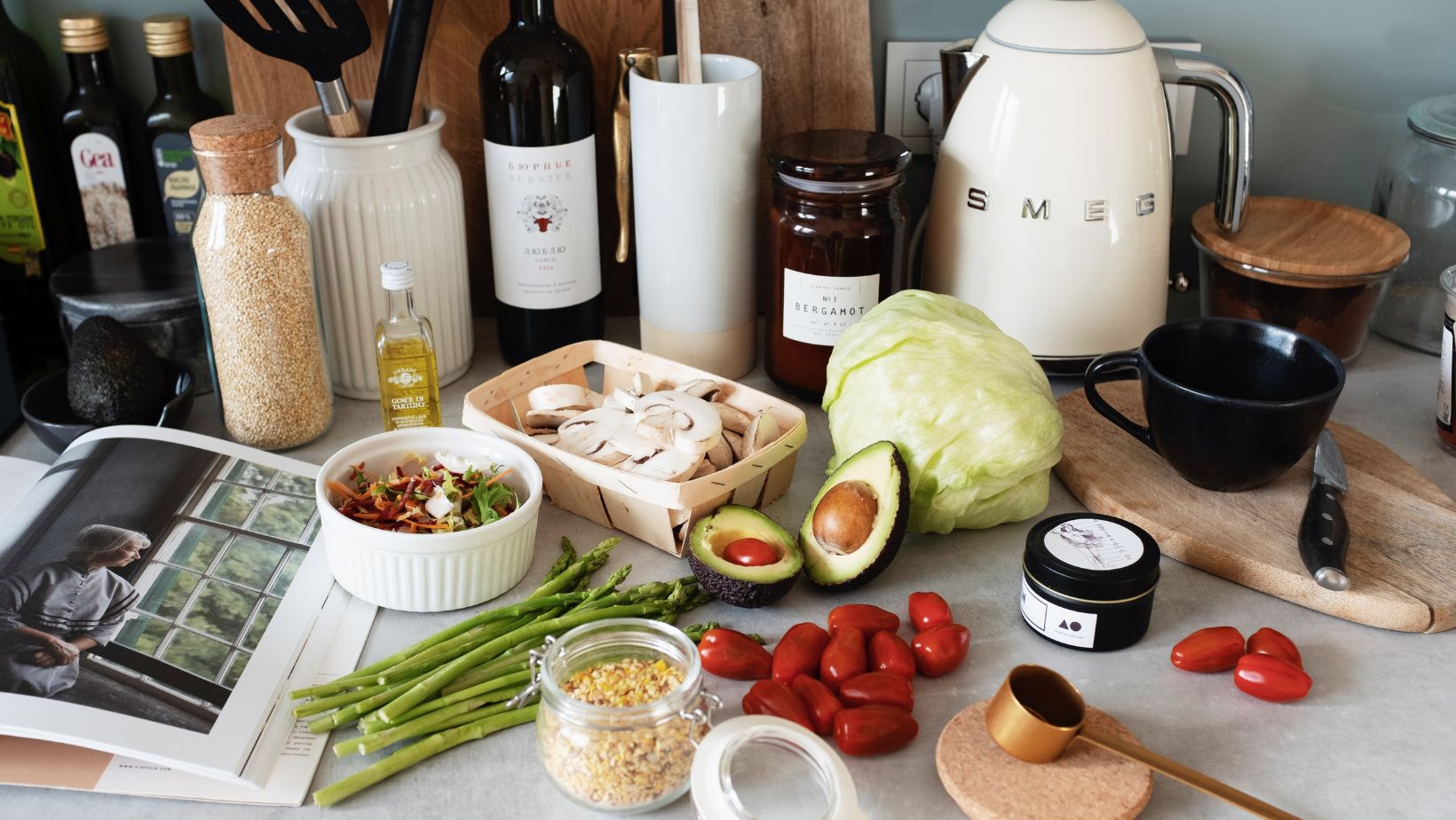Cooking delicious dessert recipes using buttermilk brings a tangy and creamy twist to traditional sweets. Buttermilk, with its slightly acidic flavor, adds depth and moisture to baked goods, resulting in treats that are both tender and flavorful. Whether you’re whipping up a batch of fluffy pancakes or indulging in a rich chocolate cake, buttermilk can take your desserts to the next level.
One of my favorite ways to utilize buttermilk in dessert recipes is by making buttermilk pie. This classic Southern dessert combines the tanginess of buttermilk with a sweet custard filling, all nestled into a flaky pie crust. The result is an irresistible combination of creamy, tart, and sweet flavors that will leave your taste buds begging for more.
Dessert Recipes Using Buttermilk
Enhances the Flavor Profile
One of the key benefits of using buttermilk in dessert recipes is that it enhances the flavor profile. Buttermilk has a tangy and slightly acidic taste, which adds a delightful dimension to various sweet treats. When incorporated into desserts like cakes, muffins, or pancakes, buttermilk brings out a subtle richness and depth of flavor that regular milk simply can’t match. Its unique taste complements ingredients like vanilla, chocolate, fruits, and spices, elevating the overall taste experience.
Buttermilk’s acidity also helps balance the sweetness in desserts. It provides a pleasant contrast to sugar-heavy treats by cutting through their richness and adding a refreshing zing. This balancing act allows for a more complex and well-rounded flavor profile that keeps your taste buds intrigued with every bite.
Adds Moisture to Desserts
Another advantage of using buttermilk in dessert recipes is its ability to add moisture. Due to its higher acid content compared to regular milk, buttermilk contributes to tenderizing baked goods while keeping them exceptionally moist. The acid reacts with baking soda or powder during cooking or baking processes, resulting in increased air bubbles and lighter textures.
For instance, when making fluffy cupcakes or moist coffee cakes, substituting some or all of the milk with buttermilk can make a noticeable difference in texture and mouthfeel. The added moisture ensures that your desserts stay fresh for longer periods without drying out—a crucial factor when preparing ahead for gatherings or simply savoring leftovers over multiple days.

Classic Buttermilk Pancakes Recipe
Perfecting the Buttermilk Pancake Batter
When it comes to making classic buttermilk pancakes, nailing the batter is key. The right combination of ingredients and proper mixing techniques can take your pancakes from ordinary to extraordinary. Here are a few tips for perfecting your buttermilk pancake batter:
- Buttermilk: Start with high-quality buttermilk for that tangy flavor and tender texture. If you don’t have buttermilk on hand, you can make a quick substitute by adding 1 tablespoon of lemon juice or vinegar to every cup of milk and letting it sit for a few minutes.
- Flour: Opt for all-purpose flour for a balanced texture in your pancakes. Be sure to measure it accurately using the spoon-and-level method to avoid dense pancakes.
- Leavening agents: Baking powder and baking soda are essential in creating light and fluffy pancakes. Make sure they’re fresh so they can work their magic.
- Eggs: Eggs provide structure and richness to the batter. Use room-temperature eggs for better incorporation into the mixture.
Tips for Achieving Fluffy Pancakes
Now that you’ve mastered the art of preparing a great buttermilk pancake batter let’s focus on achieving that sought-after fluffiness factor:
- Don’t overmix: As mentioned earlier, overmixing leads to tough pancakes due to gluten development. Stir just until everything is incorporated; it’s okay if there are small lumps remaining.
- Rest the batter: Allow your pancake batter to rest for about 10 minutes before cooking. This resting time allows the leavening agents to activate fully and results in lighter, fluffier pancakes.
- Control the heat: Preheat your griddle or pan over medium-low heat and adjust as needed throughout cooking. Too high of heat can lead to burnt exteriors and undercooked centers.
- Flip with care: When you see bubbles forming on the surface of the pancake and the edges start to look set, it’s time to flip! Use a spatula and do it gently but swiftly for an evenly cooked pancake.
In conclusion, whipping up a creamy buttermilk panna cotta is both effortless and rewarding. With endless possibilities for flavor variations and creative garnishes, this dessert is sure to impress both your taste buds and guests alike. So go ahead, indulge in this velvety delight, and savor the sweet tanginess that only buttermilk can provide.
Bob Duncan is the lead writer and partner on ConversationsWithBianca.com. A passionate parent, he’s always excited to dive into the conversation about anything from parenting, food & drink, travel, to gifts & more!
